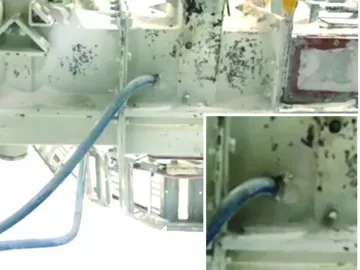Plastic Pipe Selection in Industrial Compressed Air Applications
Compressed air piping systems contain high amounts of stored energy, which can be dangerous if released suddenly. Most plastic pipe systems are not suited for this application. The Occupational Safety and Health Administration (OSHA) has issued rulings regarding the use of thermoplastic piping materials for these applications.




